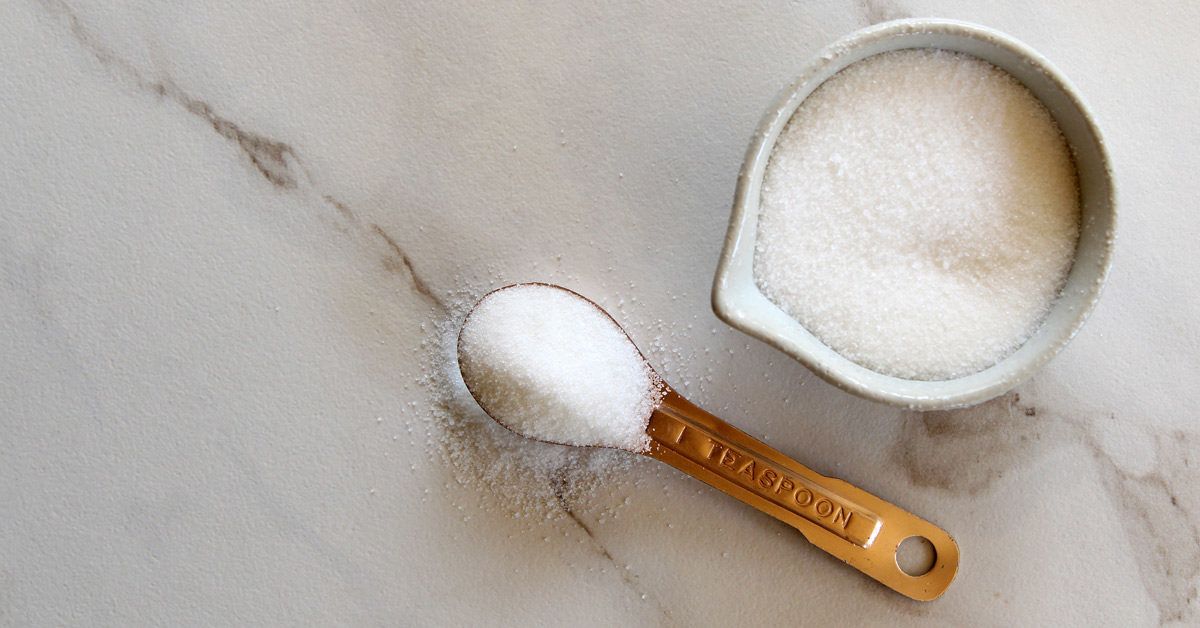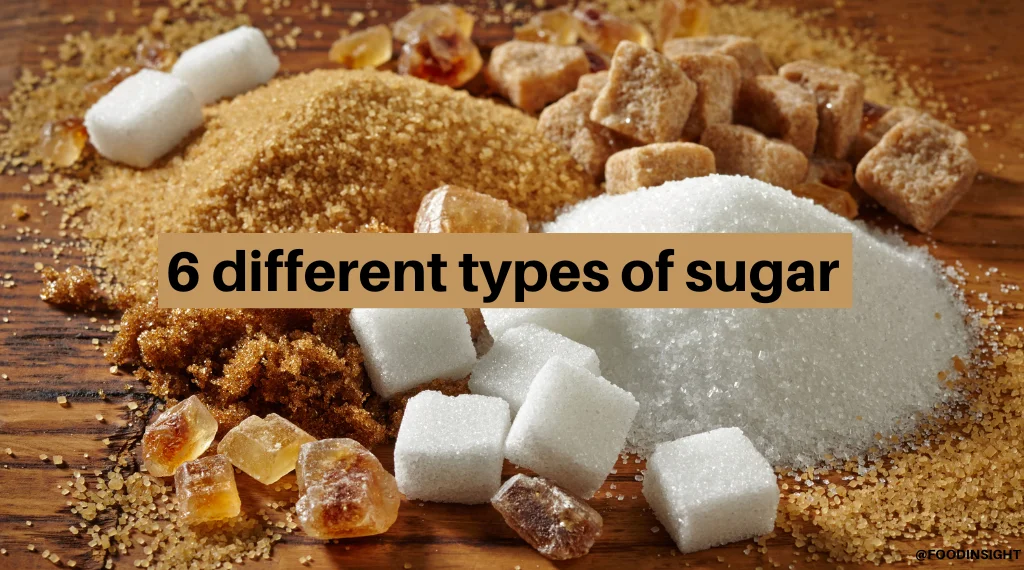Learning about beet sugar vs cane sugar can help shoppers decide which matches their preferences better.
Checking Out the Distinctions being used and Benefits Between Beet Sugar Vs Cane Sugar
In the cooking globe, the selection between beet sugar and cane sugar is not simply about sweet taste yet includes a nuanced consideration of taste, application, and influence. While both sugars stem from different plants, each goes through distinct production procedures that subtly influence their qualities and viability for numerous dishes.
Origins and Production Procedures of Beet and Cane Sugar

Walking stick sugar, on the other hand, comes from the sugarcane plant, a tropical lawn indigenous to Southeast Asia yet currently grown in tropical areas worldwide - beet sugar vs cane sugar. The manufacturing of cane sugar begins with the harvesting of cane stalks, which are squashed to release the juice.

Nutritional Content and Health Considerations

When comparing the nutritional web content of beet sugar and cane sugar, it becomes noticeable that both types essentially provide the very same calorie worths, with about 16 calories per teaspoon and no substantial nutrient diversity. Both sugars, when eaten in excess, can contribute to raised blood sugar levels, a risk aspect for diabetic issues and various other metabolic conditions. From a health and wellness viewpoint, regulating consumption of any type of type of sugar, whether from beet or cane, is suggested to avoid these prospective negative impacts on health.
Flavor Accounts and Culinary Applications
In spite of their similar chemical frameworks, beet sugar and cane sugar vary discreetly in flavor, which can influence their use in various culinary contexts. Walking stick sugar typically carries a hint of molasses, even in its polished type, lending a warm, caramel-like undertone that boosts baked goods, coffee, and chocolate-based dishes. This minor molasses taste is especially valued in the baking sector for including depth to sweets and breads. On the other hand, beet sugar great site is identified by its extremely fine-tuned, neutral preference, making it a functional sweetener that does not modify the taste accounts of meals. This neutrality is especially advantageous in delicate dishes, such as light pastries, creams, and some sauces, where the fundamental tastes of various other active ingredients are planned to attract attention. Subsequently, cooks and food makers could select one kind of sugar over the other based on the desired taste result of their culinary creations.
Environmental Impact and Sustainability
While both beet and cane sugars are acquired from plants, their environmental impacts differ substantially due to the unique techniques of cultivation and handling needed for each. Sugar beet cultivation commonly entails comprehensive automation, which can raise nonrenewable fuel source consumption and carbon exhausts. However, beetroots can be expanded in cooler climates and call for less watering, possibly decreasing water use compared to sugarcane. Sugarcane, on the various other hand, is usually expanded in tropical areas where it counts heavily on irrigation and a longer growing period, raising its water footprint.
Furthermore, the processing of sugarcane typically generates a significant amount official website of waste, including bagasse, which, although useful as biofuel, frequently adds to air pollution if shed inefficiently. Sugar beet processing uses even more of the raw materials, causing less waste. Both industries face obstacles in minimizing their environmental footprints, yet ongoing innovations in farming techniques and waste management are aiming to improve sustainability.
Economic Elements Influencing the Sugar Industry
The financial characteristics of the sugar industry are substantially affected by global market demands and trade policies. In areas where sugarcane or sugar beet manufacturing is subsidized, producers might have a financial advantage that enables them to offer reduced costs on the global market.
In addition, changes in global need for sugar, affected by nutritional fads and commercial use in food, directly impact prices and production levels. beet visit the website sugar vs cane sugar. Weather problems likewise play an essential role, as they can significantly affect crop returns and, as a result, the supply chain. This irregularity introduces a degree of financial unpredictability that can lead to financial investment volatility in sugar production industries, influencing decisions from growing to market strategy
Final Thought
In conclusion, both beet and cane sugar have special qualities that match various culinary requirements. While cane sugar imparts a rich taste perfect for boosting baked goods, beet sugar's nonpartisanship is excellent for lighter recipes.